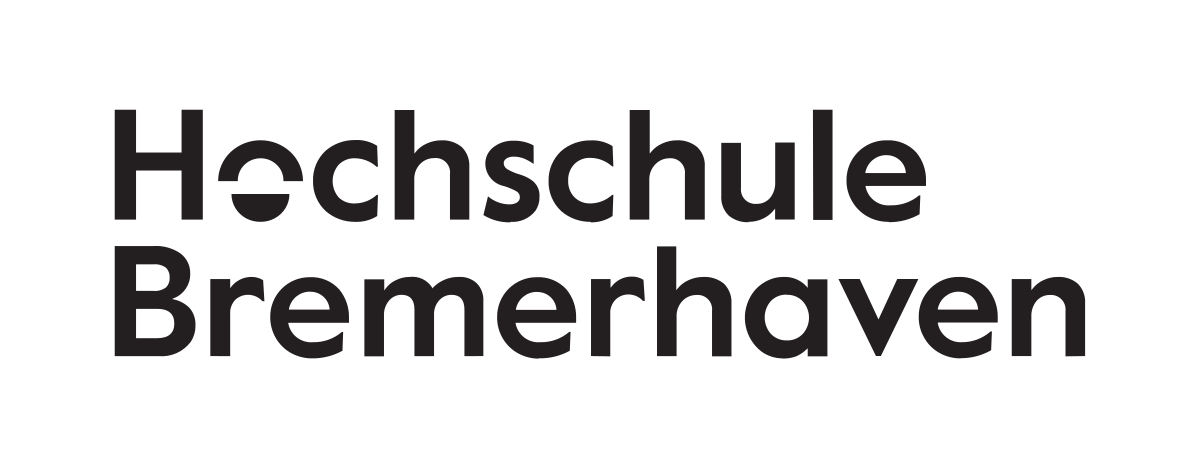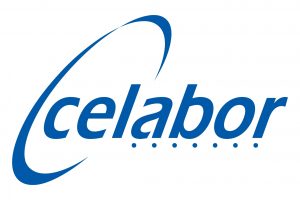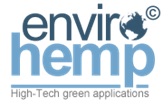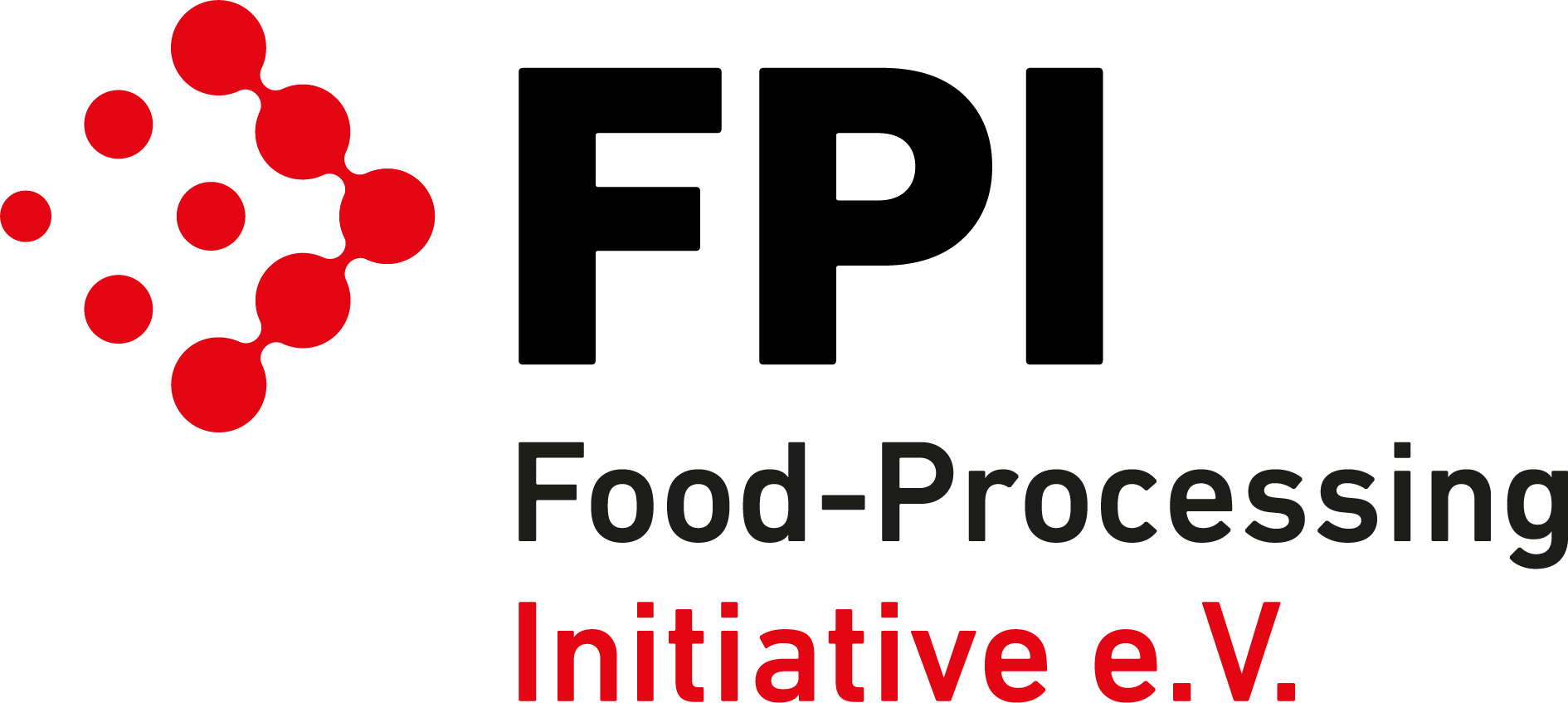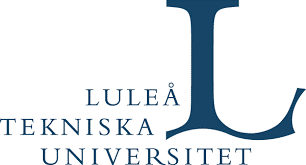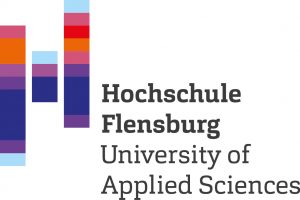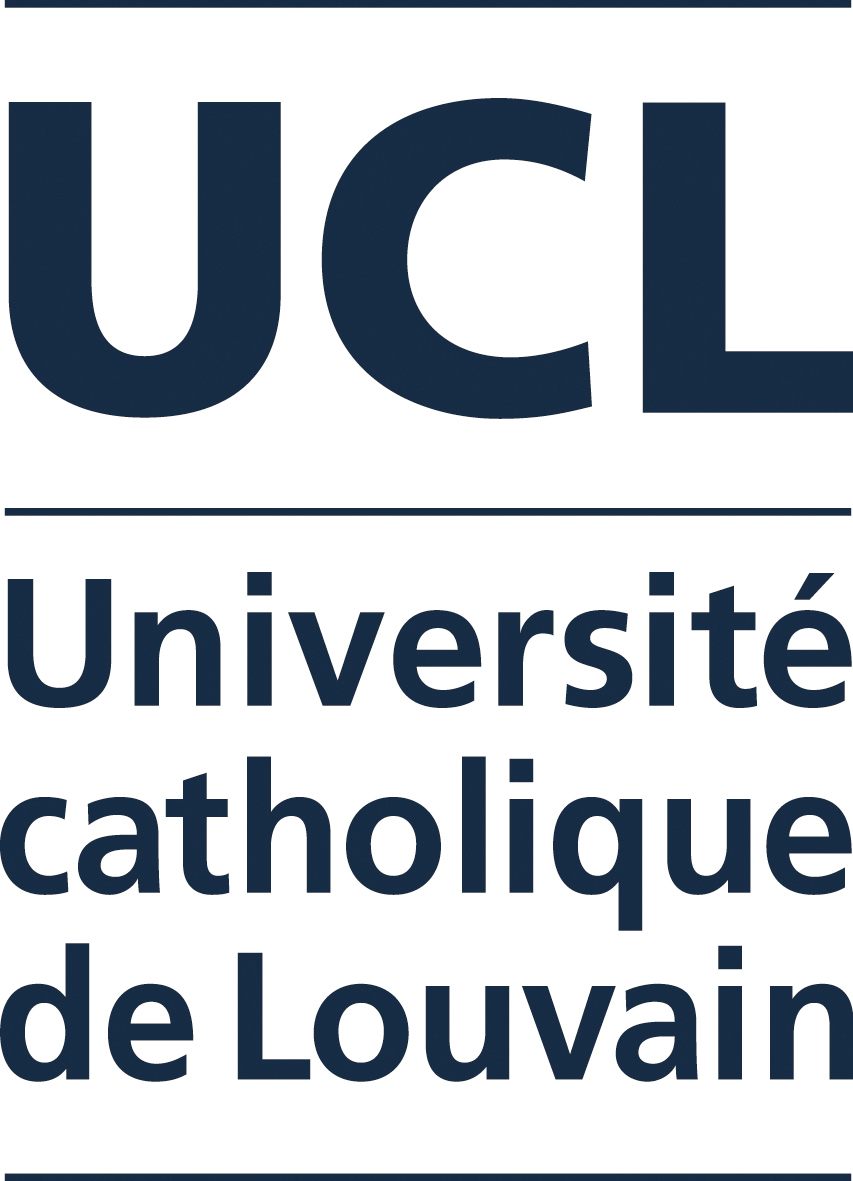Cultivation of halophytes under hydroponic conditions
Hydroponic cultivation of halophytes provides high biomass yields under optimal growing conditions.
Plants can be grown in different media, also just in a watery solution containing all necessary mineral nutrients for optimal growth, a so-called hydroponic culture. Plants may grow with their roots exposed to the nutritious liquid, or, in addition, the roots may be physically supported by an inert material. Growing plants in hydroponic culture has several advantages including efficient use of nutrients, higher yields, use of less space, higher water use efficiency, among others. Different halophytes including Salicornia europaea, Tripolium pannonicum and Crithmum maritimum are successfully cultivated in hydroponics in a greenhouse, exposed with artificial light, as demonstrated at the Leibniz University Hanover. Polypropylene containers (400 mm x 300 mm x 175 mm) with a capacity of 16 L are used, filled with 13 L of a nutrition solution (Hoagland). The water is constantly aerated by small compressors and one air stone in the middle of each tank. The hypocotyl is fixed with soft foam in 35 mm holes. The water level is adjusted constantly in each tank with tap water to compensate for evapotranspiration. Each container hosts eight plants. According to the results, high amounts of biomass can be produced under hydroponic conditions. However, the productivity depends on the salinity in the medium and on the plant species. The highest fresh mass production of Tripolium was 45 t/ha in 5 weeks after transplanting in hydroponics, while Crithmum yielded 30 t/ha fresh mass in 11 weeks after transplanting. Salicornia yielded up to 121 t/ha fresh mass in 5 weeks after transplanting but with a salinity of 20 g/L NaCl in the culture medium. Therefore, halophytes have a great potential to be cultivated in hydroponics producing high yields.
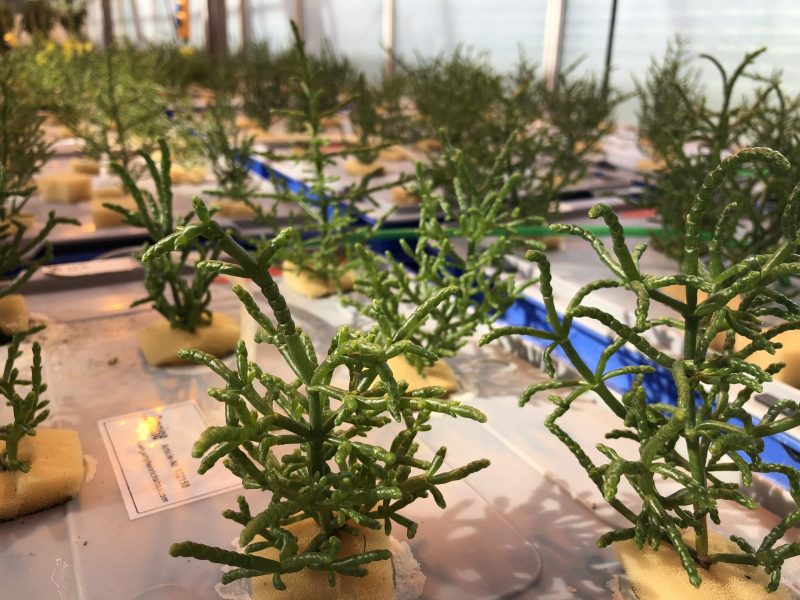
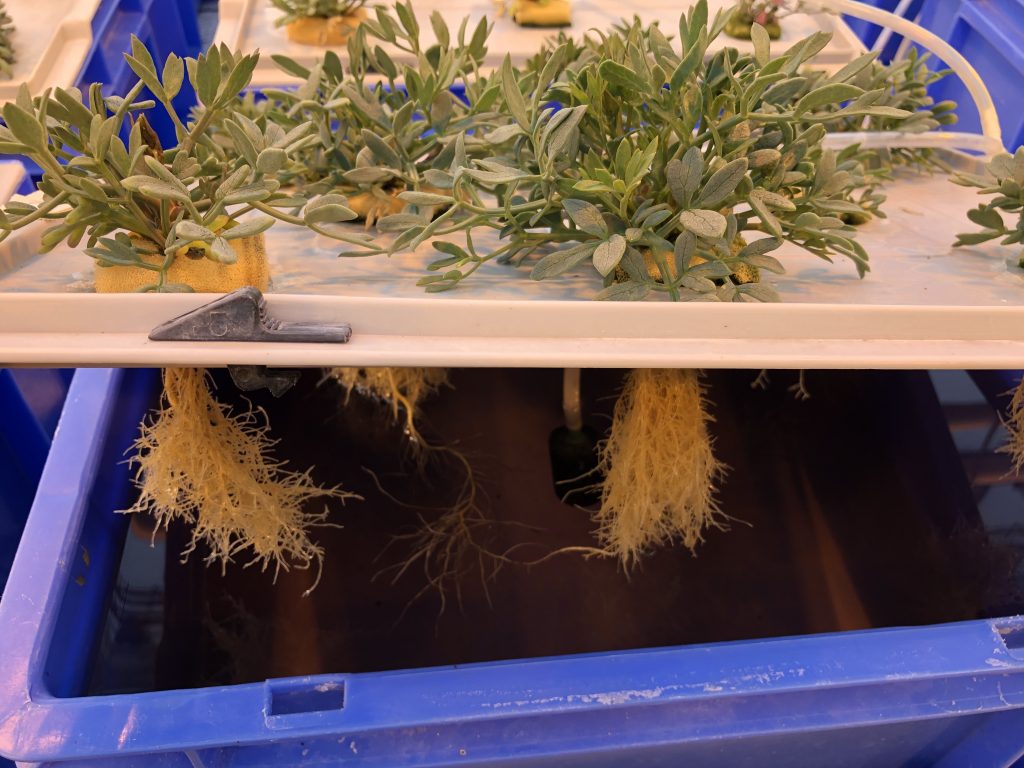
Crithmum maritimum and Salicornia spp. under hydroponic conditions.
Contact:

Prof. Dr. rer. nat. Jutta Papenbrock
Gottfried Wilhelm Leibniz Universität, Germany
Jutta.Papenbrock@botanik.uni-hannover.de
Acknowledgement
This project has received funding from the European Union’s Horizon 2020 research and innovation programme under Grant Agreement No 862834. Any results of this project reflects only this consortium’s view and the European Commission is not responsible for any use that may be made of the information it contains.







